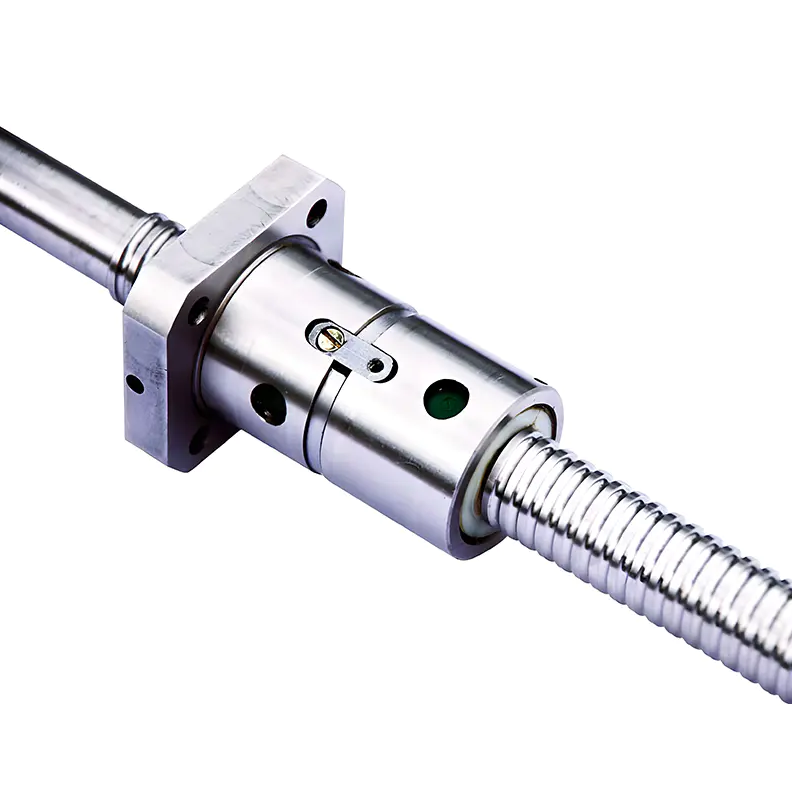The linear motion shaft is widely recognized for its ability to support smooth, controlled linear movement in mechanical assemblies. Its design allows it to bear radial loads while maintaining tight movement tolerances. Whether used in conveyors, actuators, or positioning systems, this component adds stability to sliding elements.
Standard shaft designs typically feature tight straightness tolerances and fine surface finishes. These characteristics are important for reducing vibration and preventing uneven wear. The shaft diameter must closely match the inner diameter of the linear bearing it partners with, allowing uniform load distribution during movement.
To extend service life, linear shafts are often treated with surface processes that enhance wear resistance. Chrome plating is commonly used for corrosion protection, while nitriding may be applied for surface hardness. These processes are especially beneficial in environments with dust, fluid exposure, or temperature fluctuations.
Another factor in shaft design is how it’s supported. If a shaft is too long without adequate support, it can bend or deflect under load. Using support rails or mounted housings can help counteract this and improve the system’s rigidity. This is particularly important in horizontal installations or high-cycle operations.
Lubrication and cleanliness also impact the performance of a linear motion shaft. In clean applications such as semiconductor or medical devices, the shaft must remain free from particles. In contrast, industrial environments often require protective seals or enclosures to prevent buildup of debris.
In practical terms, linear shafts serve as the physical path for guided movement. Their straightforward construction belies their impact on precision and system longevity. When selected and installed with care, they contribute to motion systems that deliver consistent results across a variety of mechanical tasks.
